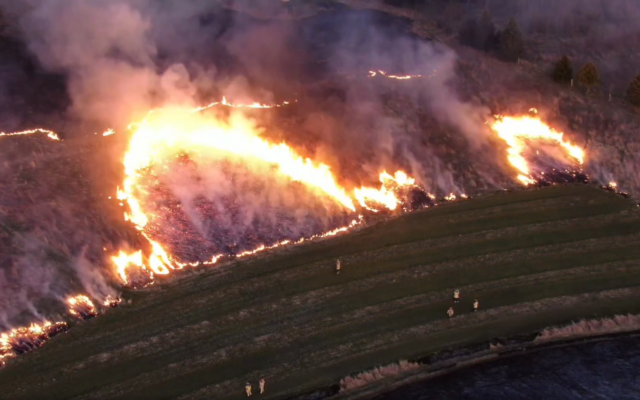What is monkeypox?

▶ Watch Video: What is monkeypox?
A case of monkeypox has been confirmed by health officials in Massachusetts – the first case of the rare virus identified in the United States in 2022. Another potential case in New York City is being investigated. The disease originates in animals but in rare cases can jump to humans. What exactly is monkeypox and its symptoms?
Origins
Monkeypox is in the same family of viruses that includes variola virus, which causes smallpox; vaccinia virus, used in the smallpox vaccine; and cowpox virus, according to the Centers for Disease Control and Prevention. It was discovered in a colony of monkeys in 1958 and its first human case was recorded in 1970 in the Democratic Republic of Congo, but has been reported in humans in other countries.
Cases that occur outside of Africa are linked to international travel or imported animals. There have been cases in Israel, Singapore, the United Kingdom and the U.S. In July 2021, the World Health Organization said it was notified of an imported case of human monkeypox in Dallas, Texas. The patient had traveled from Nigeria.
The natural reservoir of monkeypox remains unknown, but African rodents and non-human primates, like monkeys, may harbor the virus and infect people, according to the CDC.
Symptoms
The symptoms of monkeypox in humans can be similar to the symptoms of smallpox, but the main difference is that monkeypox causes lymph nodes to swell, the CDC says.
The incubation period, or time from infection to showing symptoms, for monkeypox is usually seven to 14 days. It starts with fever, headache, muscle aches and exhaustion and usually within one to three days, the patient develops a rash, often beginning on the face and then spreading to other parts of the body.
The lesions progress, become filled with a fluid, then scab and fall off. Monkeypox usually lasts for two to four weeks. In Africa, the disease causes death in as many as 1 in 10 people.
Prevention and treatment
There are no specific treatments available for monkeypox but there are vaccines, according to the CDC. Outbreaks can be controlled.
Experts believe monkeypox spreads between people via respiratory droplets or by direct contact with lesion material. Patients who are treated at the hospital are isolated so as not to spread the virus. Patients who do not require hospitalization should still isolate at home and use protective measures.
People who have extensive lesions that cannot be easily covered, including draining or weeping lesions, or those with respiratory symptoms should be isolated in a room separate from any family members. They should not leave their home unless to get medical care. They should also avoid pets.
The infected person can also wear personal protective equipment like masks and other people in their household should consider doing the same while near them. Disposable gloves should be worn for direct contact with lesions and the lesions should be covered as best as possible. People should consult state or local health officials about disposing of contaminated waste, like bandaids.



